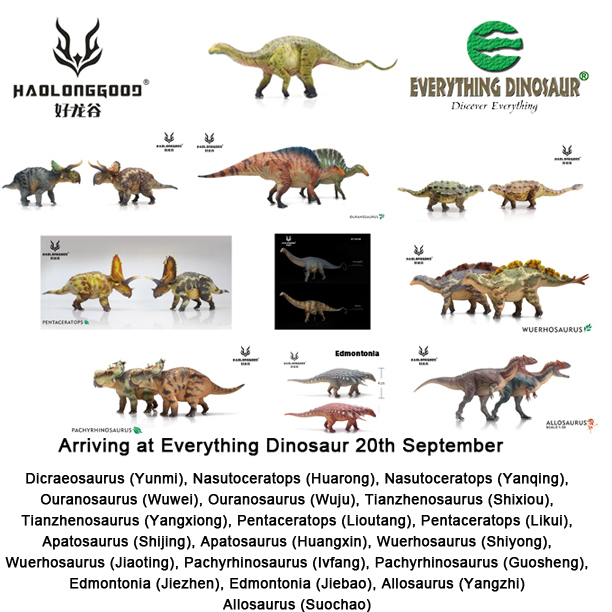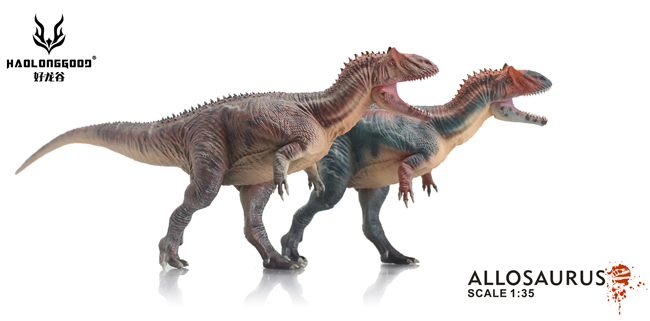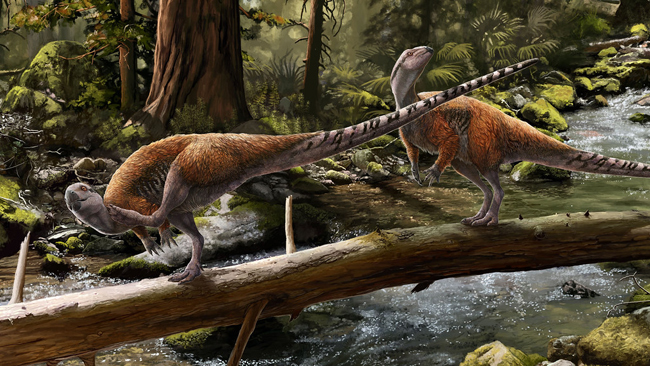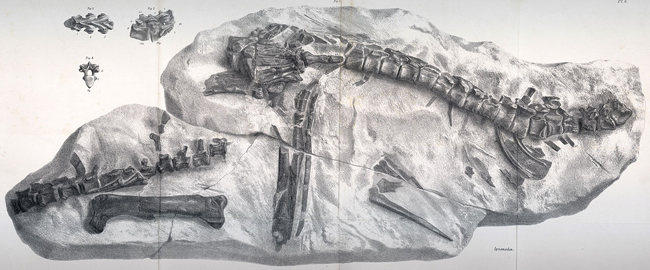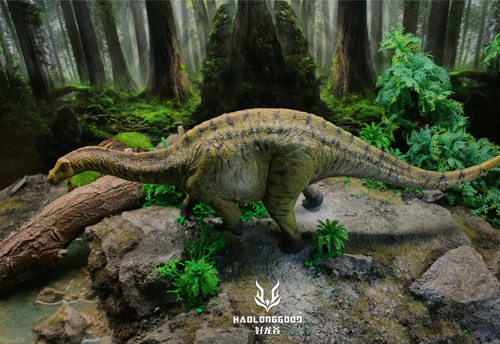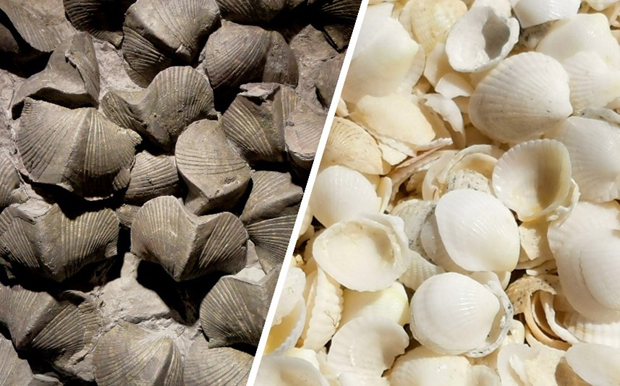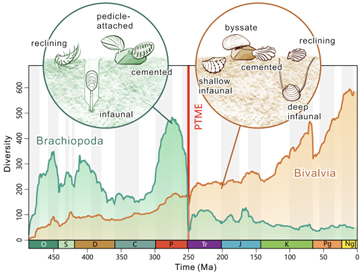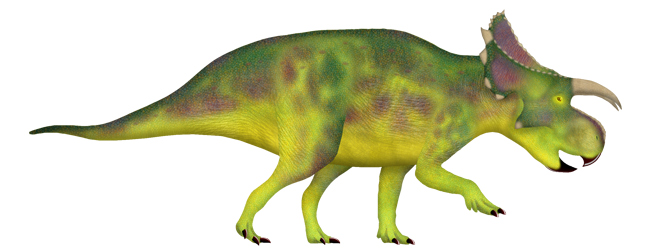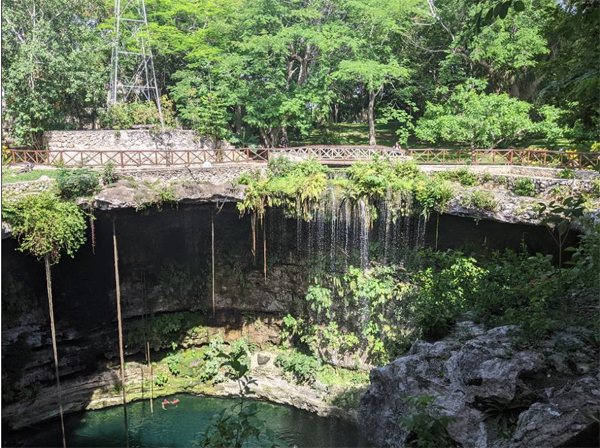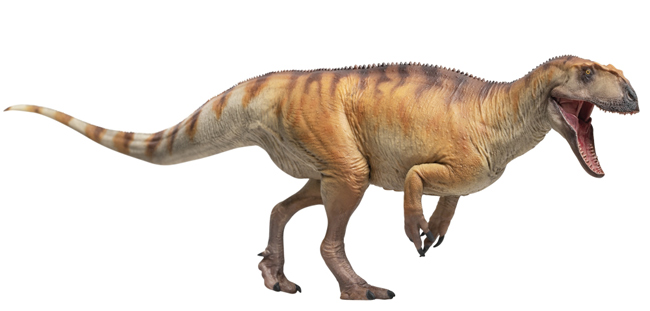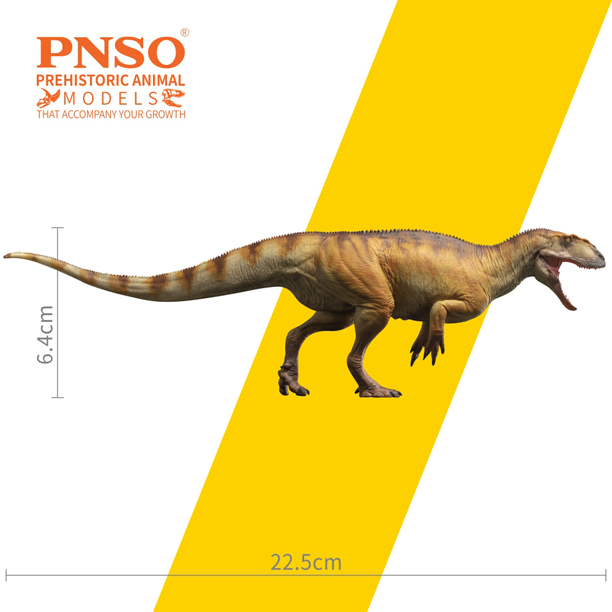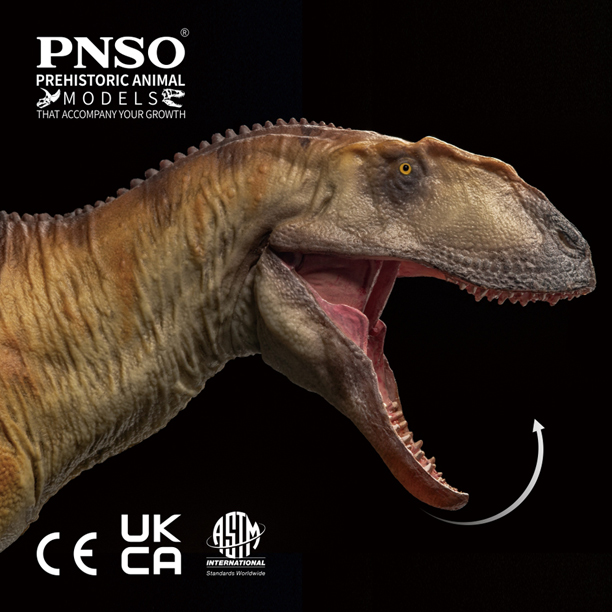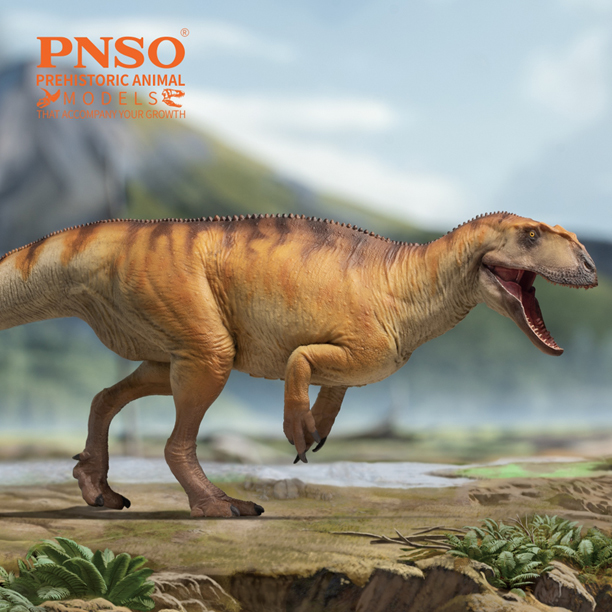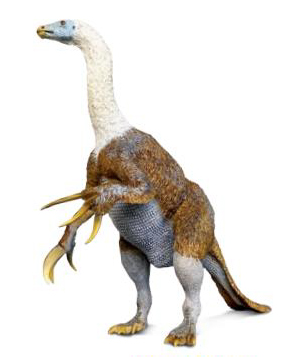A Bizarre Avialan Theropod from China
A new taxon of avialan theropod has been described from fossils found in Fujian Province (China). This small dinosaur has been named Fujianvenator prodigiosus. The fossil bones demonstrate a mosaic of anatomical features that are shared with early avialans as well as other members of the Maniraptora.
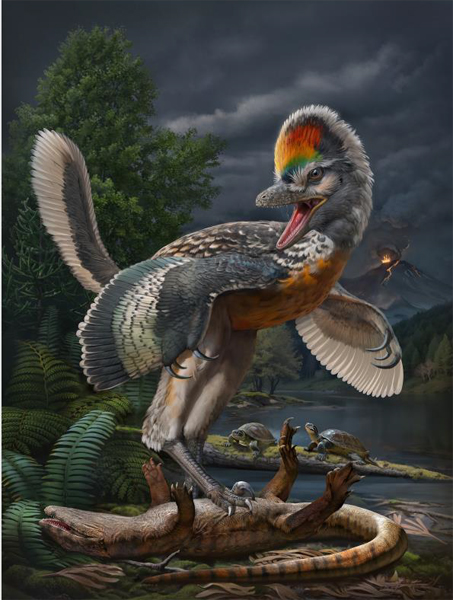
Fujianvenator prodigiosus
Writing in the academic journal “Nature”, the researchers describe this new theropod and state that it is one of the stratigraphically youngest avialans described to date. Fujianvenator roamed a wetland environment around 148-150 million years ago (Tithonian faunal stage of the Late Jurassic). Its fossils are likely to prove invaluable in understanding the evolution of the characteristic bird body plan, and to reconcile phylogenetic controversies over the origin of birds.
Fujianvenator is one of the geographically southernmost Jurassic avialans known to science. The headless specimen was excavated from Nanyuan Formation deposits near Yangyuan Village (Zhenghe County).
Defining the Avialae
The Avialae (means bird wings), is a clade of theropods. It contains the Aves (avian dinosaurs) and all non-avian dinosaurs more closely related to birds than to deinonychosaurs. In turn, the Avialae is part of the larger Maniraptora which includes all birds, and well-known types of dinosaurs such as dromaeosaurs, troodontids, the Alvarezsauroidea, the therizinosaurs and the Oviriaptorosauria.
During the fieldwork, a diverse assemblage of vertebrate fossils were documented. The assemblage is dominated by aquatic and semi-aquatic species. Fossil discoveries include fish, turtles and choristoderes (semi-aquatic, diapsid reptiles). Only one dinosaur fossil has been found at the location (Fujianvenator prodigiosus). Furthermore, this is the first time that a dinosaur fossil has been discovered in Fujian Province.
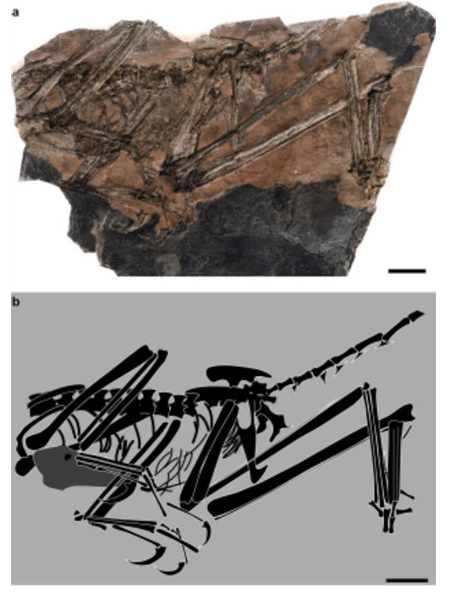
Fujianvenator and the Zhenghe Fauna
Fujianvenator demonstrates a mosaic of morphological features. The forelimbs are similar to those of Archaeopteryx, whereas the hip bones are more typical of troodontids. The hindlimb is elongated, suggesting that this theropod adapted to a wading lifestyle. In contrast, other early avialans show specific adaptations to powered flight or a life in the trees.
Such is the amount of vertebrate fossil material collected that the palaeontologists can build up a detailed map of this ancient swampland ecosystem. They are confident that it will provide key insights into terrestrial ecosystems of the Late Jurassic. Perhaps more avialan theropod fossils will be found.
Everything Dinosaur acknowledges the assistance of a press release from the Chinese Academy of Sciences in the compilation of this article.
The scientific paper: “A new avialan theropod from an emerging Jurassic terrestrial fauna” by Liming Xu, Min Wang, Runsheng Chen, Liping Dong, Min Lin, Xing Xu, Jianrong Tang, Hailu You, Guowu Zhou, Linchang Wang, Wenxing He, Yujuan Li, Chi Zhang and Zhonghe Zhou published in Nature.
For models and replicas of dinosaurs including members of the Maniraptora: Dinosaur Replicas Including Models of Theropods.


